What do you use to isolate blossoms? paper bags or plastic bags?
heavenlyfarm
16 years ago
Related Stories

GARDENING AND LANDSCAPINGChoosing a Deck: Plastic or Wood?
Get the pros and cons of wood, plastic, composite and more decking materials, plus a basic price comparison
Full Story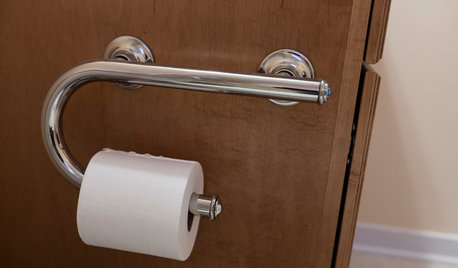
LIFEThe Absolute Right Way to Hang Toilet Paper. Maybe
Find out whether over or under is ahead in our poll and see some unusual roll hangers, shelves and nooks
Full Story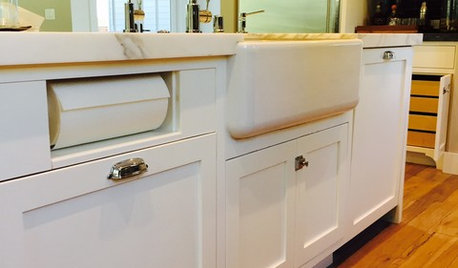
KITCHEN DESIGNKitchen Details: Out-of-Sight Paper Towel Holder
See how some homeowners are clearing the counter of clutter while keeping this necessity close at hand
Full Story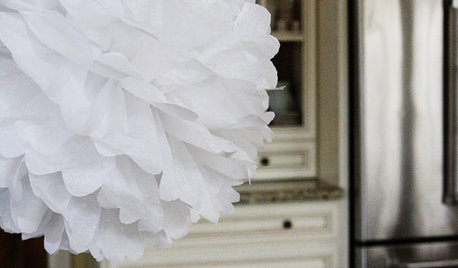
DECORATING GUIDESHandmade Home: The Paper Pompom
Put your own spin on these fluffy, pretty paper poufs for parties, dinners or year-round décor
Full Story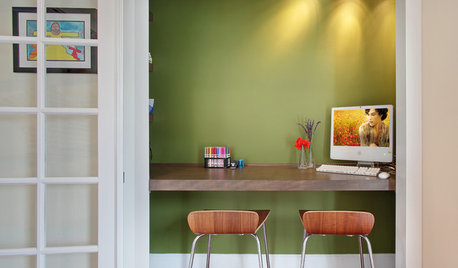
ORGANIZINGAvoid the Great Paper Pileup
Don't let unavoidable scraps cause a jam in your paperless system. These easy tips will keep your home office lanes clear
Full Story
DECORATING GUIDESDIY: Fluffy White Paper Lantern
Recreate this cloud-like light fixture using a surprising secret ingredient
Full Story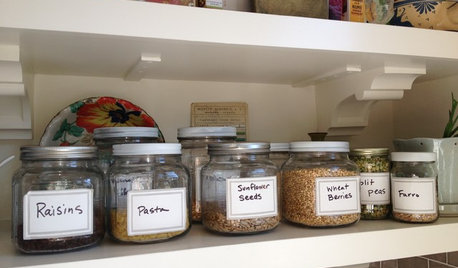
KITCHEN STORAGEArtful Organizers: Jars for Pretty Pantry Displays
Ditch the disheveled look of mismatched boxes and bags for colorful or clear pantry jars in an appealing arrangement
Full Story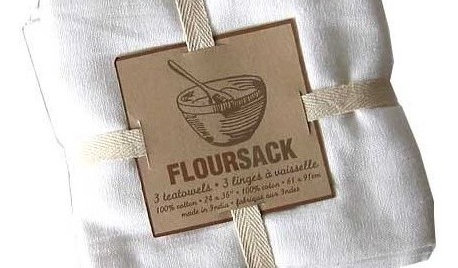
PRODUCT PICKSGuest Picks: Earth-Friendlier Finds for the Home
Reduce paper and plastic use the simple, stylish way with ecoconscious kitchen, laundry and bathroom items
Full Story
MOVINGRelocating Help: 8 Tips for a Happier Long-Distance Move
Trash bags, houseplants and a good cry all have their role when it comes to this major life change
Full Story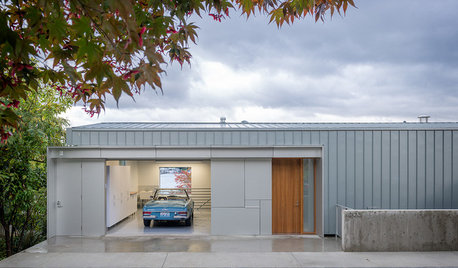
MOST POPULAR10 Reasons to Get Rid of More Clutter
From a calmer mind to a more workable closet, the benefits of streamlining are just a few trash bags away
Full StoryMore Discussions






maineman
Elakazal
Related Professionals
Allen Landscape Architects & Landscape Designers · Middle River Landscape Architects & Landscape Designers · Parole Landscape Architects & Landscape Designers · McKinney Landscape Contractors · Little Ferry Landscape Contractors · Newnan Landscape Contractors · Shoreview Landscape Contractors · West Chicago Landscape Contractors · Oak Grove Carpenters · Olathe Carpenters · Columbia Fence Contractors · Antioch Fence Contractors · Carmichael Fence Contractors · Irvine Fence Contractors · West Hollywood Fence Contractors